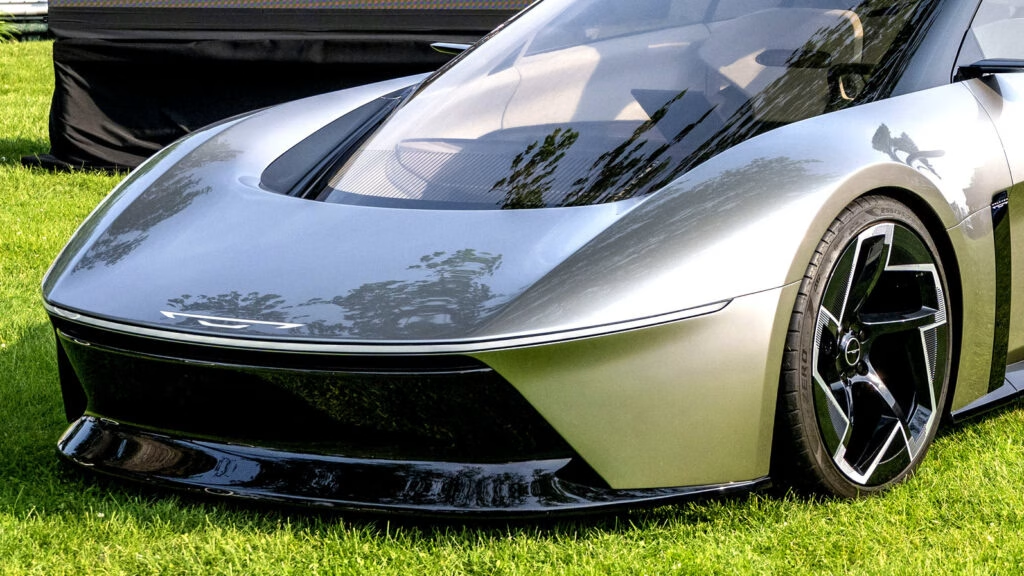How Could Stellantis’ Tri-Motor EREV Patent Change the EV Game?
Stellantis isn’t just dipping its toes into electrification—it’s quietly sketching out blueprints that could shake up the entire EV landscape. While the auto world buzzes about the return of the Hemi V8, Stellantis has filed a patent (WO/2025/184156) for a tri-motor extended-range electric vehicle (EREV) system with an onboard gas generator. That’s not just another step forward; it’s a leap.
What Makes a Tri-Motor EREV Different From Today’s Hybrids?
Most plug-in hybrids and EREVs on the road today rely on a single or dual-motor setup, with a gasoline engine acting as a range extender. Stellantis’ new patent outlines a system that juggles three electric motors and a gasoline generator, all while optimizing torque and keeping the battery topped up. Think of it as a conductor managing a complex orchestra—each motor and the generator need to play their part at precisely the right moment for peak efficiency and performance.
Why go through all this trouble? Because it solves a real-world headache: how to deliver instant electric power, serious towing capability, and long highway range without the anxiety of running out of juice. The patent describes a three-dimensional optimization problem, balancing torque across all motors and the generator. In plain English: more power, more control, and less compromise.
Where Could Stellantis Put This Tech to Work?
The obvious candidate is the next-generation Ram pickup. The current Ramcharger already uses a two-motor EREV layout, but a tri-motor version could push things into Tesla Cybertruck territory—maybe even beyond. Imagine a truck that tows heavier loads, powers job sites, and still offers the smooth, silent drive of an EV. The tri-motor setup could also mean better traction and off-road prowess, especially if each axle gets its own motor.
But let’s not stop at pickups. There’s a strong case for using this technology in a luxury flagship. Chrysler, for example, hasn’t had a true halo car since the 300. A new Imperial sedan or SUV, powered by a sophisticated tri-motor EREV, could put Chrysler back on the map as a leader in American luxury—especially as buyers look for green credentials without sacrificing comfort or range.
Are There Real-World Examples of Tri-Motor EREVs?
Absolutely. China is already showing what’s possible. The Maextro S800 pairs three electric motors with a 1.5-liter turbo generator, delivering up to 1,333 km (828 miles) of combined range. The Yangwang U8 goes even further, with four individual wheel motors and a 2.0-liter engine, offering supercar-level performance and nearly 1,000 km (about 640 miles) of range. These aren’t just concept cars—they’re proof that the tech works, and consumers are interested.
What’s the Catch? Technical Hurdles and Market Realities
Managing three motors and a generator isn’t just a matter of bolting on more hardware. The real challenge is software—how to coordinate all those moving parts so the vehicle feels seamless to drive. According to the patent, Stellantis is tackling this with advanced algorithms that constantly recalculate the best way to split torque and energy use. It’s a balancing act, and getting it right is key to delivering the smooth, responsive feel drivers expect from a premium EV.
There’s also the question of cost. More motors and a generator mean more complexity and, potentially, a higher sticker price. But as battery costs continue to fall and software becomes more sophisticated, the gap is closing. According to BloombergNEF, battery pack prices dropped 14% in 2023 alone, and the trend is expected to continue. That makes advanced EREV systems more viable for mainstream buyers.
How Does This Stack Up Against the Competition?
Tesla’s tri-motor Cybertruck and Model S Plaid have set the bar for electric performance, but they rely solely on batteries. Stellantis’ approach—combining multiple motors with a range-extending generator—could appeal to buyers who want EV performance but aren’t ready to give up the convenience of quick refueling and long-distance travel.
Meanwhile, legacy automakers like GM and Ford are also exploring multi-motor EVs, but few have committed to the EREV path at this scale. Stellantis’ patent suggests they’re betting on a future where flexibility and range matter just as much as raw speed.
What Could This Mean for Everyday Drivers?
For families, contractors, and road-trippers, the promise is huge. Imagine driving electric most days, plugging in at home, but never worrying about finding a charger on a cross-country trip. Need to tow a trailer or haul heavy gear? The extra motors mean you won’t be left wanting for power. And with a generator onboard, range anxiety becomes a thing of the past.
The big takeaway? Stellantis’ tri-motor EREV vision isn’t about perfection—it’s about smarter adjustments. Start with one change this week—maybe learning more about EREV options or test-driving a plug-in hybrid—and you’ll likely spot the difference by month’s end. The future of driving is all about choices, and this tech could make those choices a lot more interesting.

